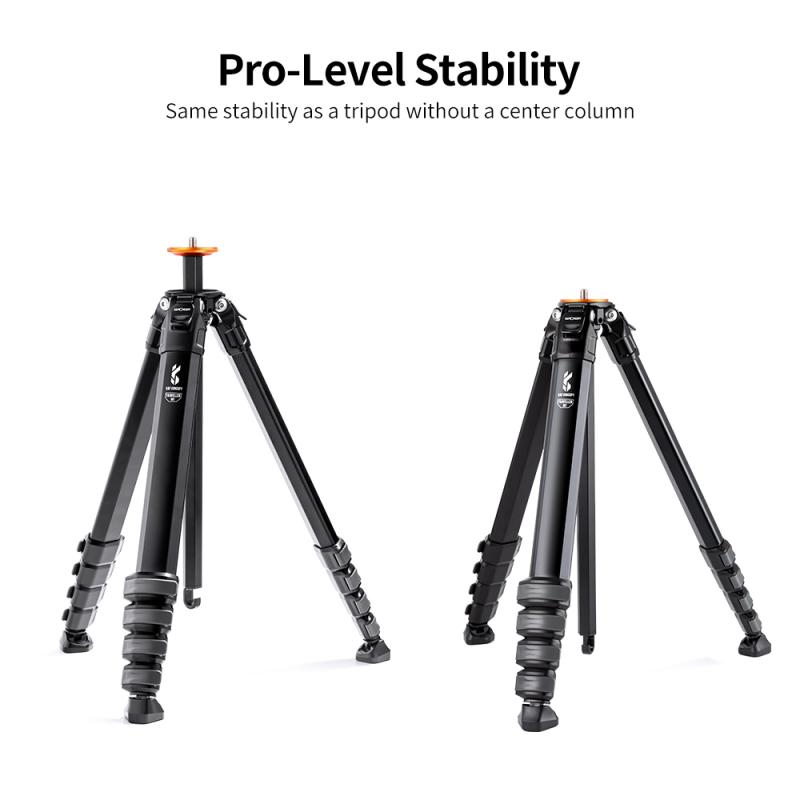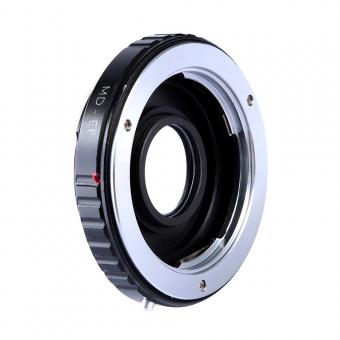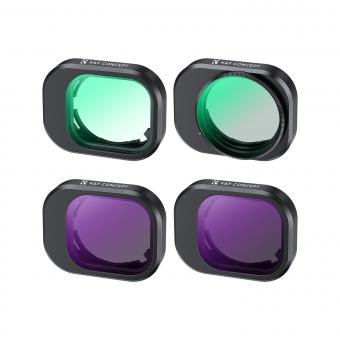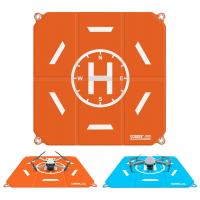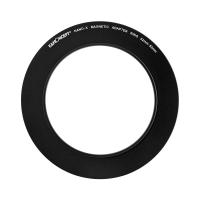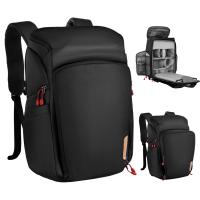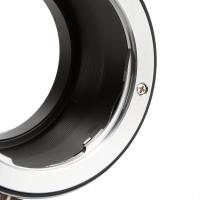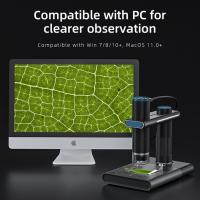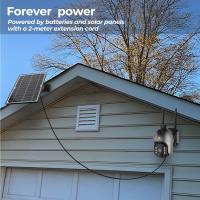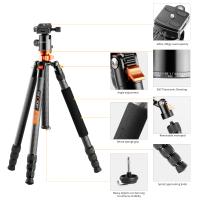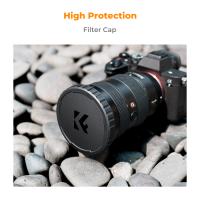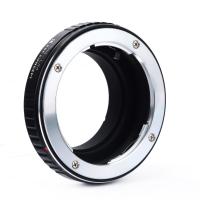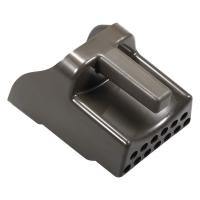How Should Flexible Endoscopes Be Stored When Not ?
Flexible endoscopes should be stored in a clean and dry environment when not in use. They should be hung vertically or stored in a dedicated storage cabinet to prevent any damage or contamination. It is important to follow the manufacturer's instructions for proper storage and handling of flexible endoscopes to ensure their longevity and functionality. Regular maintenance and cleaning should also be performed according to the recommended guidelines to prevent any potential issues or infections during subsequent use.
1、 in use?
Flexible endoscopes should be stored properly when not in use to ensure their longevity and prevent contamination. The storage process is crucial in maintaining the functionality and cleanliness of these delicate instruments.
Firstly, it is important to clean the endoscope thoroughly after each use. This involves flushing the channels with enzymatic detergent, followed by rinsing with water and drying with forced air. Once the endoscope is clean and dry, it should be stored in a designated area that is clean, dry, and free from dust and other contaminants.
The endoscope should be stored in a vertical position to allow any remaining moisture to drain out of the channels. Hanging the endoscope vertically also prevents any kinks or bends in the insertion tube, which can damage the delicate fibers within. Some endoscope storage cabinets have specially designed hooks or hangers to facilitate proper vertical storage.
Additionally, it is recommended to cover the distal end of the endoscope with a protective cap to prevent dust or other particles from entering the channels. This cap should be clean and replaced regularly to ensure optimal protection.
In recent years, there has been a growing emphasis on the importance of drying endoscopes thoroughly before storage. Moisture left inside the channels can promote the growth of bacteria and other microorganisms, leading to potential contamination. Therefore, many healthcare facilities now employ automated endoscope drying cabinets that use filtered air to dry the endoscope thoroughly within a specified timeframe.
In conclusion, flexible endoscopes should be stored in a clean, dry, and dust-free environment, in a vertical position, with the distal end covered by a protective cap. Proper cleaning and drying techniques, along with the use of specialized storage cabinets, are essential to maintain the integrity and safety of these valuable instruments.
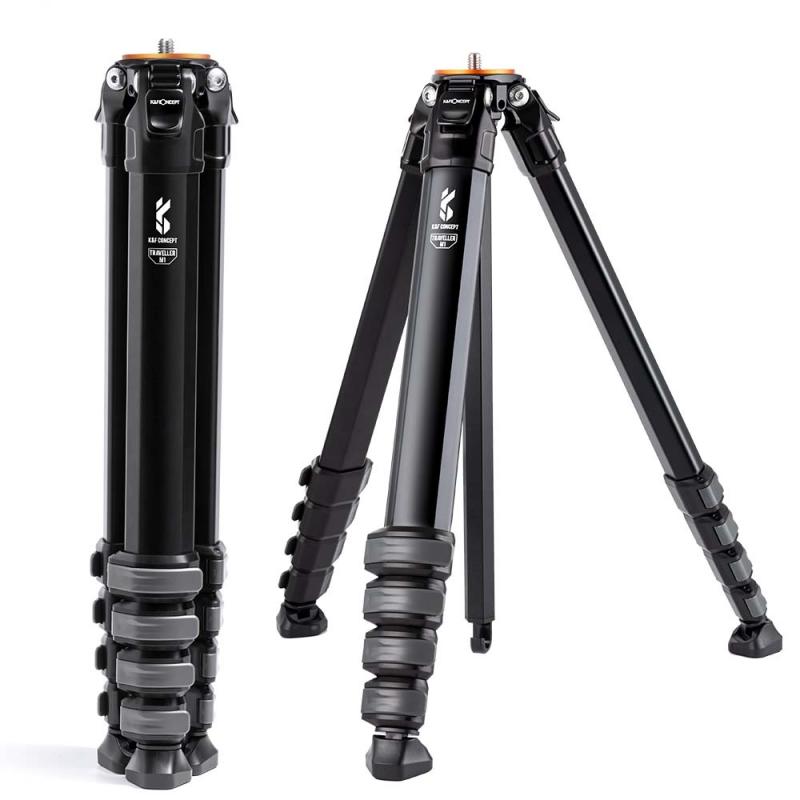
2、 Proper cleaning and disinfection procedures for flexible endoscopes.
Proper cleaning and disinfection procedures for flexible endoscopes are crucial to ensure patient safety and prevent the transmission of infections. The latest point of view emphasizes the importance of following strict guidelines and protocols to maintain the integrity and functionality of these delicate instruments.
When not in use, flexible endoscopes should be stored in a clean and dry environment to prevent contamination. It is recommended to hang the endoscopes vertically in a designated storage area, ensuring that they are not in contact with any surfaces or other instruments. This helps to prevent the growth of microorganisms and reduces the risk of cross-contamination.
Additionally, it is essential to protect the endoscope from physical damage during storage. This can be achieved by using specially designed storage cabinets or hanging systems that provide adequate support and prevent any bending or twisting of the instrument.
Furthermore, it is crucial to regularly inspect the endoscopes for any signs of damage or wear and tear. Any damaged or malfunctioning parts should be promptly repaired or replaced to maintain the effectiveness and safety of the instrument.
In terms of cleaning and disinfection, the latest guidelines recommend a multi-step process that includes pre-cleaning, leak testing, manual cleaning, high-level disinfection, and drying. Each step should be performed meticulously, following the manufacturer's instructions and using approved cleaning solutions and disinfectants.
Regular monitoring and documentation of the cleaning and disinfection process are also essential. This includes recording the date and time of each step, the personnel involved, and any issues or deviations encountered. This documentation helps to ensure accountability and provides a record for quality control purposes.
In conclusion, proper storage, cleaning, and disinfection procedures are vital for maintaining the safety and effectiveness of flexible endoscopes. Following the latest guidelines and protocols is crucial to prevent infections and ensure patient safety.
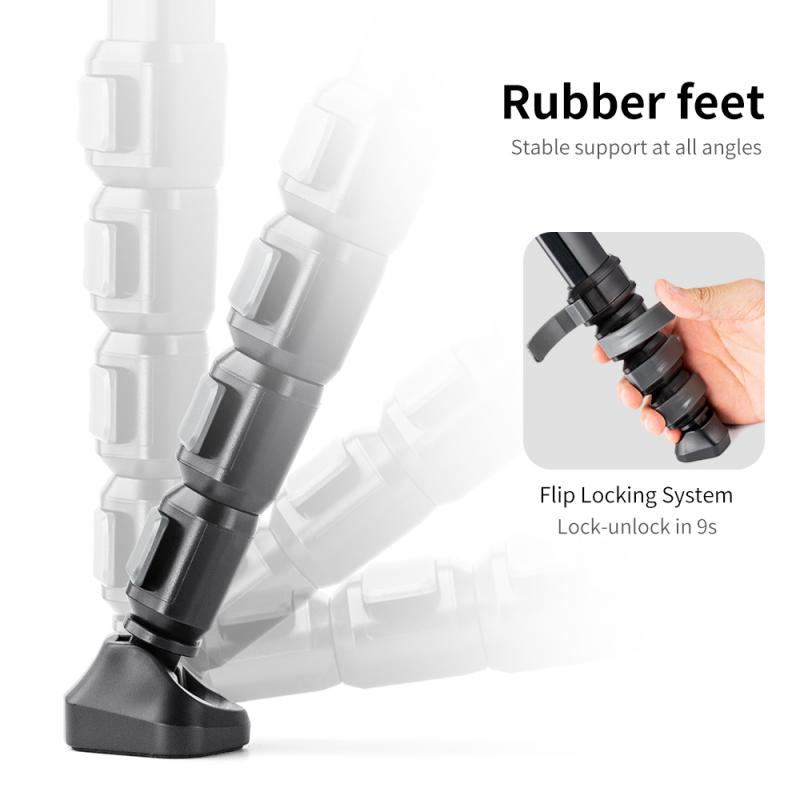
3、 Appropriate drying and storage conditions for flexible endoscopes.
Appropriate drying and storage conditions for flexible endoscopes are crucial to maintain their functionality and prevent the growth of microorganisms. When not in use, flexible endoscopes should be stored in a clean and dry environment to minimize the risk of contamination and damage.
Firstly, after each use, the endoscope should be thoroughly cleaned and disinfected according to the manufacturer's instructions and guidelines. This includes flushing the channels with enzymatic detergent, followed by high-level disinfection or sterilization. Once the cleaning and disinfection process is complete, the endoscope should be rinsed with sterile water to remove any residual disinfectant.
After rinsing, the endoscope should be carefully dried to prevent the growth of bacteria and fungi. This can be achieved by using forced air or a dedicated drying cabinet specifically designed for endoscopes. It is important to ensure that all channels and lumens are completely dry to prevent the formation of biofilm.
Once dry, the endoscope should be stored in a clean and dust-free environment. Ideally, a dedicated storage cabinet or cart should be used to protect the endoscope from physical damage and minimize the risk of contamination. The storage area should be well-ventilated and away from direct sunlight or excessive heat.
It is also recommended to periodically inspect the endoscope for any signs of damage or wear and tear. Regular maintenance and servicing should be performed to ensure the endoscope remains in optimal working condition.
In recent years, there has been an increased focus on the importance of endoscope drying and storage. Studies have highlighted the potential risks associated with inadequate drying and storage practices, including the transmission of infectious agents. As a result, there have been advancements in drying technologies and guidelines to improve the safety and effectiveness of endoscope reprocessing.
In conclusion, appropriate drying and storage conditions for flexible endoscopes are essential to maintain their functionality and prevent contamination. Following manufacturer's instructions, using dedicated drying equipment, and storing the endoscope in a clean and controlled environment are key steps in ensuring the safety and longevity of flexible endoscopes.

4、 Recommended storage solutions for flexible endoscopes.
Recommended storage solutions for flexible endoscopes have evolved over time to ensure the longevity and proper functioning of these delicate instruments. Flexible endoscopes are used in various medical procedures, such as gastrointestinal examinations, and require careful handling and storage to prevent damage and contamination.
When not in use, flexible endoscopes should be stored in a clean and dry environment. They should be hung vertically in a designated storage cabinet or rack to prevent any bending or kinking of the insertion tube. The cabinet or rack should have sufficient space between each endoscope to avoid any contact or tangling.
It is crucial to store flexible endoscopes in a well-ventilated area to prevent the growth of bacteria and mold. The storage space should be free from excessive humidity and temperature fluctuations, as these can damage the delicate components of the endoscope. Some storage solutions even incorporate humidity control systems to maintain optimal conditions.
Additionally, it is recommended to store flexible endoscopes in a dedicated storage room or area, separate from other medical equipment, to minimize the risk of cross-contamination. This storage space should be regularly cleaned and disinfected to maintain a sterile environment.
In recent years, there has been a growing emphasis on the use of automated endoscope reprocessors (AERs) for both cleaning and storage. AERs provide a standardized and efficient method for cleaning and disinfecting flexible endoscopes, reducing the risk of contamination. Some AERs also offer storage capabilities, ensuring that endoscopes are stored in a controlled environment after the cleaning process.
In conclusion, flexible endoscopes should be stored in a clean, dry, and well-ventilated environment, hung vertically in a designated storage cabinet or rack. The use of dedicated storage rooms, regular cleaning, and disinfection, as well as the incorporation of AERs, are recommended to maintain the integrity and sterility of these essential medical instruments.
